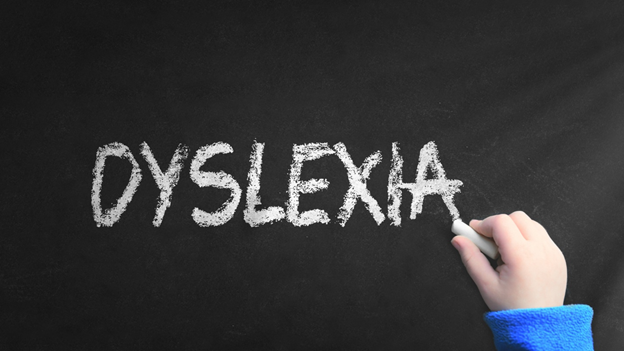How difficult is it for you to read this sentence? Do the words and letters seem to move and shift, becoming unclear and distorted? Does matching letters to their sounds involve a lot of mental labor?
That’s what it’s like for kids with childhood dyslexia when they sit down to read, but it doesn’t have to be that way. The first step toward getting help for a child with reading difficulty is a dyslexia evaluation. These simple, norms-referenced tests can help struggling readers get the help that they need.
What exactly do children and families experience when they go through a dyslexia assessment? We’ve created this brief guide to help you understand the dyslexia testing process. Keep reading to learn more about the road to remediation.
Who Performs Dyslexia Evaluations?
Trained professionals should always perform dyslexia evaluations. Typically, this means someone with a Master’s level education in Speech and Language Pathology. Most psychologists who specialize in learning or reading disorders can also administer the assessment.
Many families choose to hire an independent psychologist for this process. You can find one using a service organization such as https://theratime.com/.
What Happens Before an Evaluation?
Before your child receives an evaluation, you will need to provide a lot of information. This can include everything from your child’s medical history to detailed behavioral observations. This data will help the evaluator decide which assessments to use.
If your child has any other special needs or requires extra accommodations, you will need to let your evaluator know.
You might also want to use this time to ask any questions you have about the disorder or the process. Some children, such as those with autism, might perform better if they know more about what to expect. Learning about the format of the tests in advance can help put their minds at ease.
What Happens During an Evaluation?
Every evaluation is a little bit different. It can take as long as four hours for young children. Older children, teens, and adults might require up to eight hours of testing.
The tests will assess your child in the following areas:
- Receptive vocabulary
- Expressive oral language skills
- Phonemic awareness
- Rate of cognition
- Oral reading decoding
- Oral reading fluency
- Writing
- Grammar
- Spelling
The professional will use one or more inventories to assess these areas. Your child will play games, read, and write during the evaluation. The psychologist or pathologist will score their responses and include relevant data in a final report.
What Happens After an Evaluation?
Following the evaluation, you will receive a report, often in the form of a narrative. It will include a summary of findings on each of the tests administered. They will also describe the interventions that they feel would be most appropriate.
From there, you can request a meeting and begin to advocate for services.
A Love of Reading Begins With a Dyslexia Evaluation
The prospect of subjecting your child to testing can seem daunting, but a dyslexia evaluation is a painless way to assess a child’s dyslexia symptoms. Once your child demonstrates need, they will gain access to life-changing services. Often, the love of reading begins after a dyslexia screening!
If you love to read, this is the blog for you! Stick around and check out the rest of our informative and newsworthy posts!

